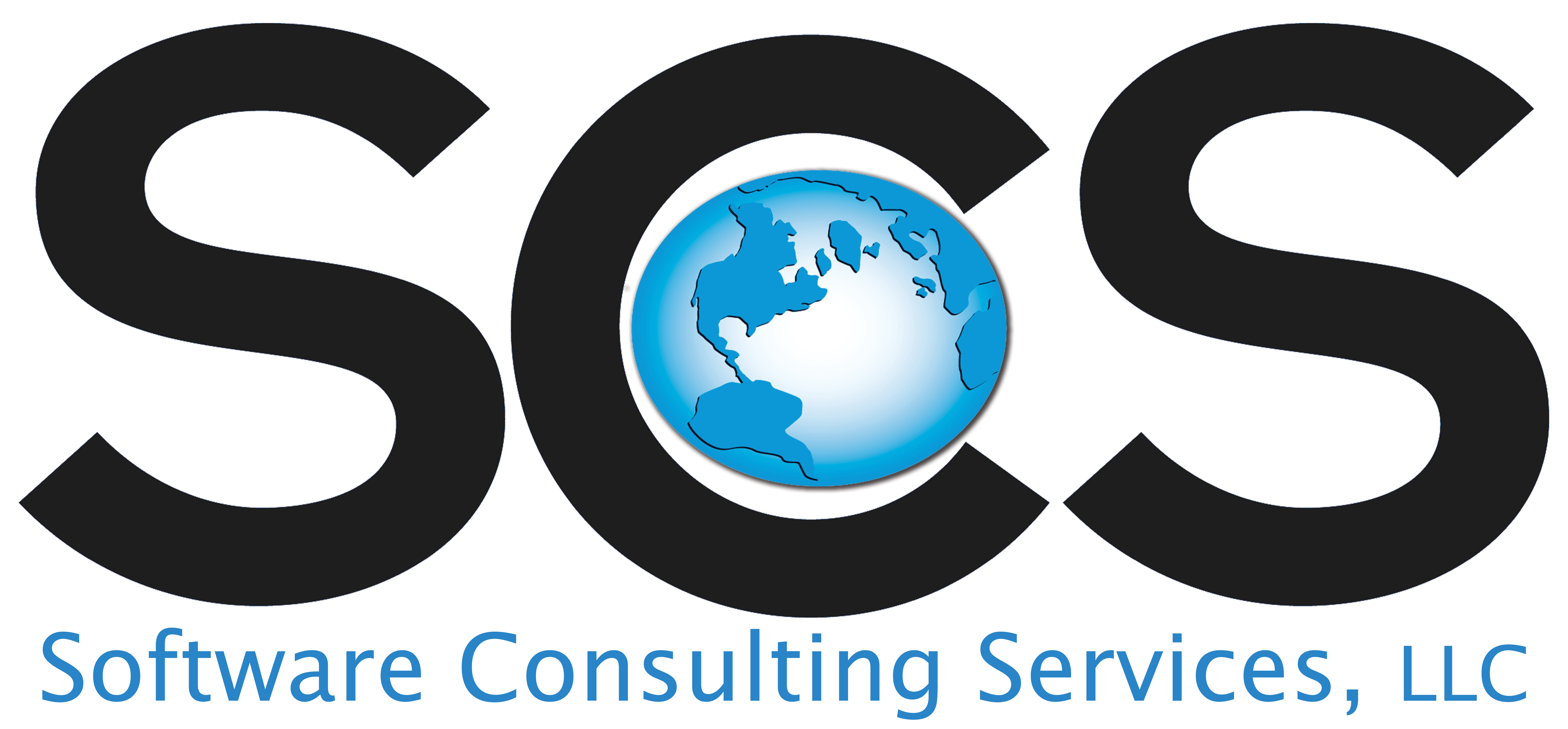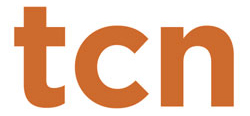Community Revitalization Includes Basic Steps
Debbie Ford once appropriately said, “I think that any time of great pain is a time of transformation, a fertile time to plant new seeds”. This quote made me contemplate a conversation I had in a community I had been working with. They continually stressed that their community failed to change due to their uniqueness within their community. “We are just different from other communities,” seemed to be the common theme.
I have yet to work with a community that doesn’t believe they are unique, and their problems and community issues are vastly different than what any other community might face. As long as they continue to believe this, they are frozen in their efforts to transform and revitalize. I have come to believe this thought process is simply a grand excuse for lack of leadership, innovation, imagination, and willingness to change. The more I have been blessed with meeting leaders and residents of communities, the more I believe they all have far more in common than they have differences. I might go as far as to say, most communities have many of the same issues, they just manifest themselves in different ways.
Some suggest the pathway to community transformation isn’t on the road less traveled. I would agree and suggest the pathway to community transformation is on a very steady, easy to follow highway with a clear and precise road map. Yes, communities may have a few obstacles standing in their way, but in the end, the road map to success will lead them through the same high mountains and same low valleys that breed success. I guess the biggest question might be, where do they enter the road on the map? Certainly, some communities might be further down the road than others.
Yes, some communities may have more poverty than others. Some communities may have more corporate entities and support than others do. Other communities may have a wider volunteer base from which to work. Yet another may have better leadership from which to draw from. Others may have more of this or that which certainly designates their starting point. Despite all these strengths and weaknesses, they all must find the same roadmap from which to travel toward their goals of innovation, revitalization, and building a unique community, heart, and soul needed to accomplish their transformation.
Between working with communities, chambers, Truly-Local, Main Streets and media companies, I have found the path of transformation always includes common elements from which a community can hang their hat. What are those common elements? While not all-inclusive, let me point out seven common denominators of successful communities.
Every successful transformation will include a willingness to cast aside old thinking. It will include a solid and dependable volunteer core, intent upon driving change. It will include a community willing to foster innovation and entrepreneurship. It will include both city leadership and private groups working together leading the charge. It will include an effective communication network. It will consist of an understanding of the importance of supporting of their locally owned business base. They will work harder at building a better community-wide understanding and education of the importance of instilling a truly local mindset in each resident.
Every community has their set of local issues or problems that can serve as obstacles. Dwelling on this line of thinking however and using it as an excuse is a mark of poor leadership, lack of innovation and dated thinking. Don’t be deceived into this delusional line of thinking. This is only used by simple minds unwilling to meet change and innovation head on.
Every community has within its DNA the ability to transform and revitalize. While transformation and revitalization will eventually cost money to initiate the larger and more aggressive projects, don’t let the lack of money hold you back. Money will always follow great leaders plus persistent, innovative, and transformative thinking. I usually start with a quote. This week, let me end with one as well. Norman Vincent Peale adequately said, “Empty pockets never held anyone back. Only empty heads and empty hearts can do that.”
John Newby is a nationally recognized Publisher, Community, Chamber, Business & Media strategic consultant & speaker. His “Building Main Street, not Wall Street,” column runs 60+ communities around the country. The founder of Truly-Local, he assists community leaders, their businesses and local media to build synergies, thus creating more vibrant communities. He can be reached at: info@Truly-Localllc.com.

















